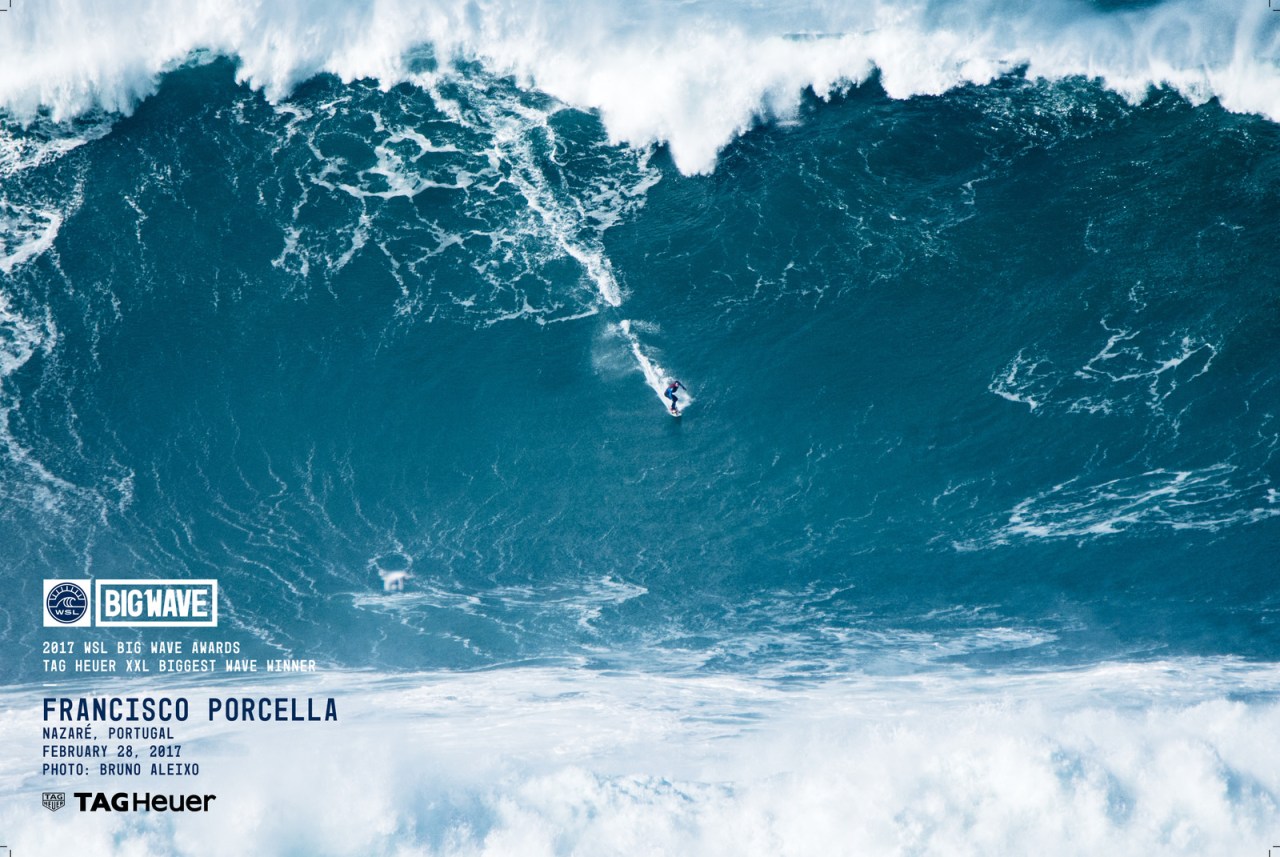HOW DO YOU MEASURE THE WORLD’S BIGGEST WAVES?


HINT: IT INVOLVES A RULER
Thankfully, the WSL Big Wave Award judges use a slightly different method when assessing the biggest waves ridden all year, so they can confidently crown a handful of worthy chargers. According to part-time big-wave judge and full-time SURFER Photo Editor Grant Ellis, it’s a crude science, but a science nonetheless. It starts with a handful of big-wave statesmen and experts gathering in a room in Huntington Beach, discussing each of the nominated rides at length, and then busting out the trusty ol’ ruler and calipers. Using oversized images of the waves, and the known heights of each surfer, they estimate the surfers crouching height in the moment the photo was taken, creating a scale that they can then use to determine the overall height of the wave, from trough to lip. And then, bingo—you’ve got a reasonably accurate measurement on a monster wave.
“Through calipers, rulers, some basic math, and a couple of Coronas, we come up with the wave heights,” says Ellis. “It sounds pretty low tech, but in the end, you definitely know whose wave was the biggest, even if it’s probably impossible to get a 100-percent accurate wave height down to the inch, no matter how you go about it.”

[Top image, from left to right: Big Wave Awards judges Sam George, Dave Gilovich, Bill Sharp, Mike Parsons, Ross Garrett, and Gary Linden]







